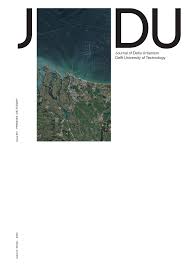Abstract
In the Netherlands, there is the tradition of appointing a National Architect. This function expanded over time into an advisor for a national policy for built infrastructure and later for large national projects as well. Today, it is an advisory team, called the ‘College van Rijks Adviseurs’ (CRa), which consists of an urbanist, an architect and a landscape architect. Their impact is giving the national government (unsolicited) advice by the power of design, of demonstration; a 'soft power'. The red line in the story of the CRa is the need for a new chapter in Dutch spatial planning. They therefore created Panorama NL, an advice to the national government on how to develop a spatial vision for the Netherlands, what it includes, and how to formulate it, and which partners to include. Panorama NL is about storytelling, about how to offer a positive perspective in society to everyone. It is a book and it is also an app, in which you can see literally 360-degree panorama at eye level. Panorama NL paints a picture of what we should do and why we should do it. But the next question is: 'How do we actually do it?’ This led to a competition called ‘Panorama Lokaal’ (the local panorama), which looks into post-war residential neighborhoods at a city’s fringe, facing the countryside. Municipalities are challenged to think about how global and national challenges could help to qualitatively improve these areas. A new situation: national government is no more just providing funding but also needs to participate with a vision, be able to organize partnerships, with the most important scale of operations being the regional scale. This means that people need to be educated differently; at the ministry, at the national government level, and also at the university. The aim is to create T-shaped skills: a specialist in one specific domain or profession, but also able to communicate their specialist knowledge with people from totally different backgrounds, like economists or sociologists, laymen or politicians. It is regaining the Dutch Urbanism Approach: the ability to create a vision and develop it through an interdisciplinary approach into an integrated design.

This work is licensed under a Creative Commons Attribution 4.0 International License.
Copyright (c) 2020 Daan Zandbelt

